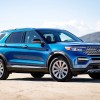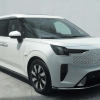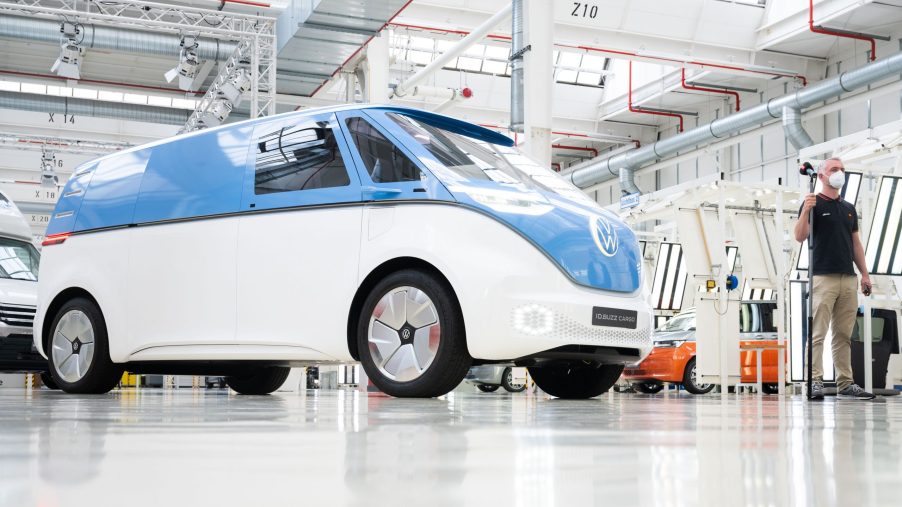
The Volkswagen ID.Buzz Spotted Testing in Sweden: Is It Close to Production?
The Volkswagen ID.Buzz electric minivan was spotted cold-weather testing in Sweden recently. Thanks to a report by Car and Driver, we know the van is closer to production than most people realize. Although the spy photos give a good look into the vehicle’s design, camouflage still hides some secrets.
Why is a Volkswagen ID.Buzz electric minivan being tested in Sweden?
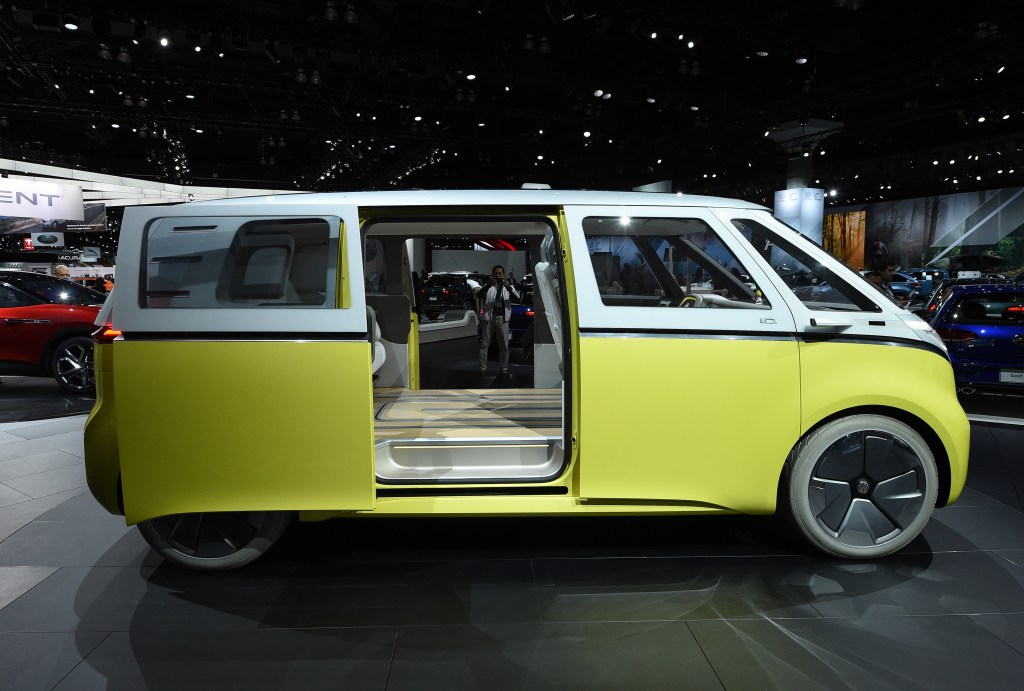
This type of cold-weather testing is pretty typical for new vehicle models before official production. While off-road-focused trucks or SUVs might also visit the desert or forest trails, minivans don’t need that testing. Since the Volkswagen electric minivan isn’t set to release until 2024, it seems premature to say it’s close to production. Though, with most of the ID.Buzz visible and cold-weather testing being a late-stage step, it could be closer than we think.
Located near the Arctic Circle, electric vehicles like this one need to withstand the cold. Since electric motors and batteries don’t do as well in cold weather, automakers ensure they can survive if need be. After all, the last thing you’d want is your minivan freezing over in the Arctic Circle, which averages -22 to -31 degrees Fahrenheit in the winter.
Volkswagen ID.Buzz: What we know so far
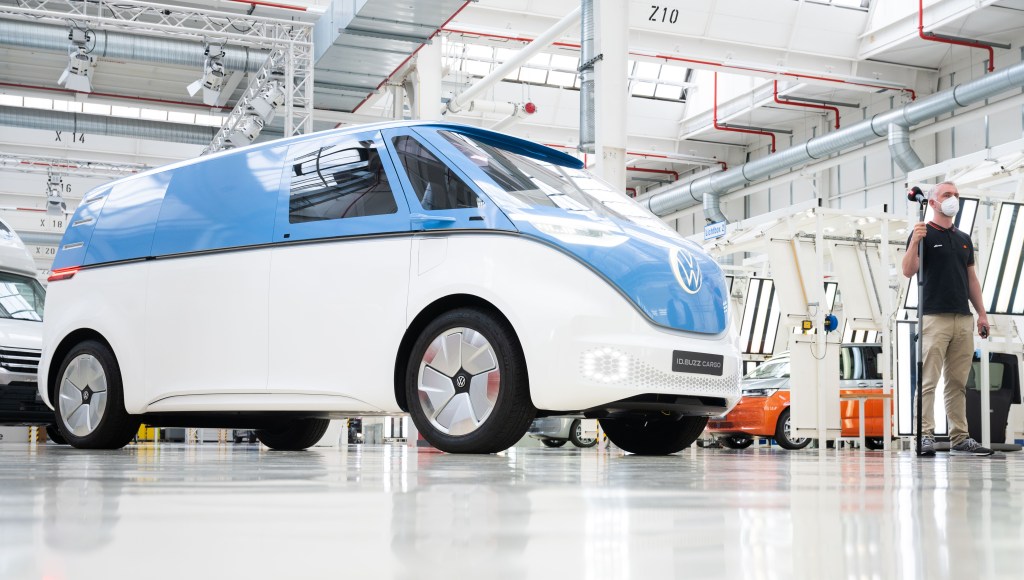
Volkswagen showed the original concept for the ID.Buzz back in 2017, but the electric minivan has changed a lot since then. Initial concepts showed a retro-styled modern Volkswagen Microbus, electrified. The ID.Buzz was slated to resemble a VW Bus closely but lost some of that retro feeling with this spotting. Now it looks more like a transit van than a bus or minivan.
The Volkswagen ID.Buzz shares a structure with the ID.4 SUV from the same automaker. Car and Driver expects the base model to have rear-wheel drive and around 200 horsepower. Upgrading to an all-wheel drive variant could add dual motors and 300 horsepower. A driving range of approximately 260 miles on a single charge is likely due to the ID.4’s capability.
What else might it share with the Volkswagen ID.4?
Since the ID.Buzz shares so much with the ID.4, we can assume it’ll have similar features. The ID.4’s 0-to-60 time is 7.4 seconds using its 82.0-kWh lithium-ion battery. Inside, the ID.4 offers ample space for up to five passengers. Front and rear passengers get 41.1 and 37.6 inches of legroom, respectively. That number is remarkably close to the Ford Mustang Mach-E, a close competitor. The Mach-E offers 41.7 and 38.1 inches of legroom in the front and rear.
Additionally, the Volkswagen ID.4 comes with a starting price of around $41,000. Car and Driver estimates the ID.Buzz will start about $40,000 as well. The ID.4 top trim with AWD gets to $49,000, which we’d expect to stay true for the ID.Buzz. Both electric offerings remaining under $50,000 is an excellent look for the German automaker.
The 2024 Volkswagen ID.Buzz electric minivan spotting in Sweden is a sign of what’s to come. Automakers tend to keep things locked up tight until the “big reveal” but more ID.Buzz was visible than usual compared to other well-hidden prerelease models. Cold-weather testing is a sign that the Microbus relative is right around the corner, even if it isn’t until 2024.
